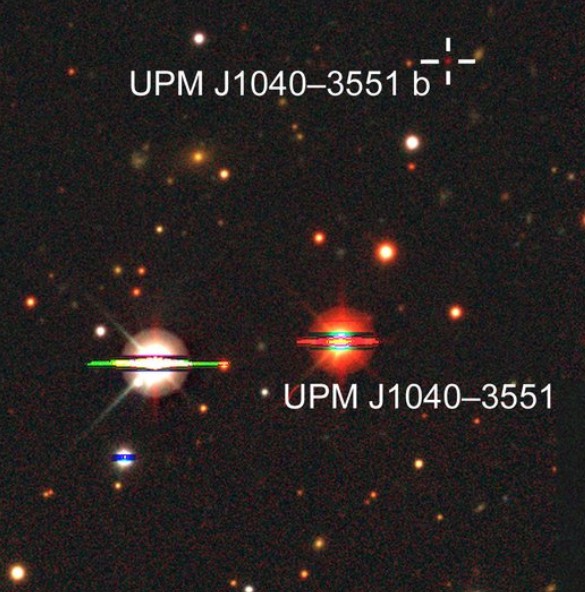Why in the News?
Scientists have identified UPM J1040−3551 AabBab, a rare quadruple star system with two brown dwarfs orbiting two red dwarfs.

About UPM J1040−3551 AabBab:
- Overview: Newly discovered quadruple star system in the Milky Way.
- Composition: Two cold T-type brown dwarfs orbiting a pair of young red dwarf stars.
- Uniqueness: First known system of its kind; extremely rare as brown dwarfs usually exist alone, with less than 5% chance of companions.
- Significance: Offers new insights into the formation and evolution of low-mass stars and sub-stellar objects.
What are Brown Dwarfs?
- Overview: Celestial objects between stars and planets in characteristics.
- Formation: Form like stars from collapsing gas and dust but lack sufficient mass for sustained hydrogen fusion.
- Nickname: Often called “failed stars” due to absence of sustained nuclear fusion.
- Mass Range: Can reach up to about 70 times the mass of Jupiter.
- Atmosphere: Similar to gas giants like Jupiter and Saturn, with molecules and water vapor clouds.
- Detection: Very faint and cold; usually identified in multiple-star systems where brighter stars help estimate their properties.
- Astronomical Importance: Help define the boundary between stars and planets; provide clues to conditions necessary for stellar and planetary formation.
- Cosmological Role: Studying their abundance and distribution aids in understanding mass distribution in the universe and connections to dark matter.
| [UPSC 2024] Consider the following statements:
Statement-I: Giant stars live much longer than dwarf stars. Statement-II: Compared to dwarf stars, giant stars have a greater rate of nuclear reactions. Which one of the following is correct in respect of the above statements? Options: (a) Both Statement-I and Statement-II are correct and Statement-II explains Statement-I (b) Both Statement-I and Statement-II are correct, but Statement-II does not explain Statement-I (c) Statement-I is correct, but Statement-II is incorrect (d) Statement-I is incorrect, but Statement-II is correct* |
Get an IAS/IPS ranker as your 1: 1 personal mentor for UPSC 2024

